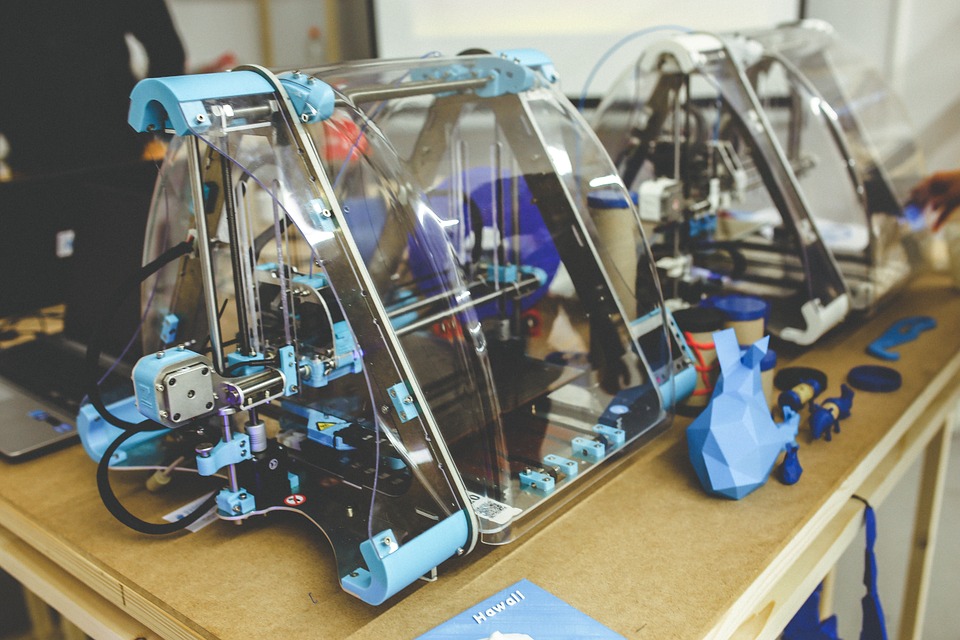
3D printing, or additive manufacturing, has the potential to change the world, as humans will no longer rely on manufacturers’ production lines to have what they need or want.
Just like digital printers, 3D printers print tridimensional objects. It is an object that can be used on its own, or be part of a much larger 3D printed network,
For example, 3D printers can be used to print toys, a small soldier for instance. But in the construction industry, 3D printers can be used to build a whole building by combining smaller 3D printed parts.
Examples of this can be seen in Dubai, where the world’s first 3D printed office was built in May 2016, or in China, where a 400 sqm villa was erected using the same technology.
3D printing technology is also posed for a huge uptake in the automotive industry, electronics, healthcare, the home market, and many others.
In the future, 3D printed food is also expected to change menus across the world. A specific example is food on airplanes.
An Indian startup called The Ninjas, is working on a system, which has been nicknamed as The Sky Kitchen, which allows passengers to "design" their food on the screen in front of them.
Their choice is then sent to a printer on the plane and they will be served exactly what they want.
Elsewhere, one of the next big achievements of 3D printing technology will be around printing human tissue and body parts.
From printing functioning organs to body cells, 3D printing could in the future become a crucial technology in the healthcare space for transplants and other events.
For example, during a natural catastrophe or mass-scale terrorist attack, 3D printing human body parts as they are need is a real possibility.
To print objects, printers essentially lay several layers of one material (for example, plastic) on top of each other to shape the desired end-product.
The process goes through three main stages: modeling, printing and finishing the object.
The modeling part of the process is the most complex one for those that are not into the technology or engineering worlds.
Modeling refers to the creation of the object using a software that allows to shape the object in every single angle.
There are several software suites available in the market today that also have some automatic functions that find eventual problematic parts of the object, such as the lack of a support for stability.
The printing phase refers to the actual printing process. Once the user is happy with his/her design, the software sends the object’s data to the printer, which will then start printing it.
Lastly, the finishing stage is all about the final touches to the piece itself. This can be smoothing a smaller piece, or putting a group of pieces together to create a larger object (example, a house or a car).






